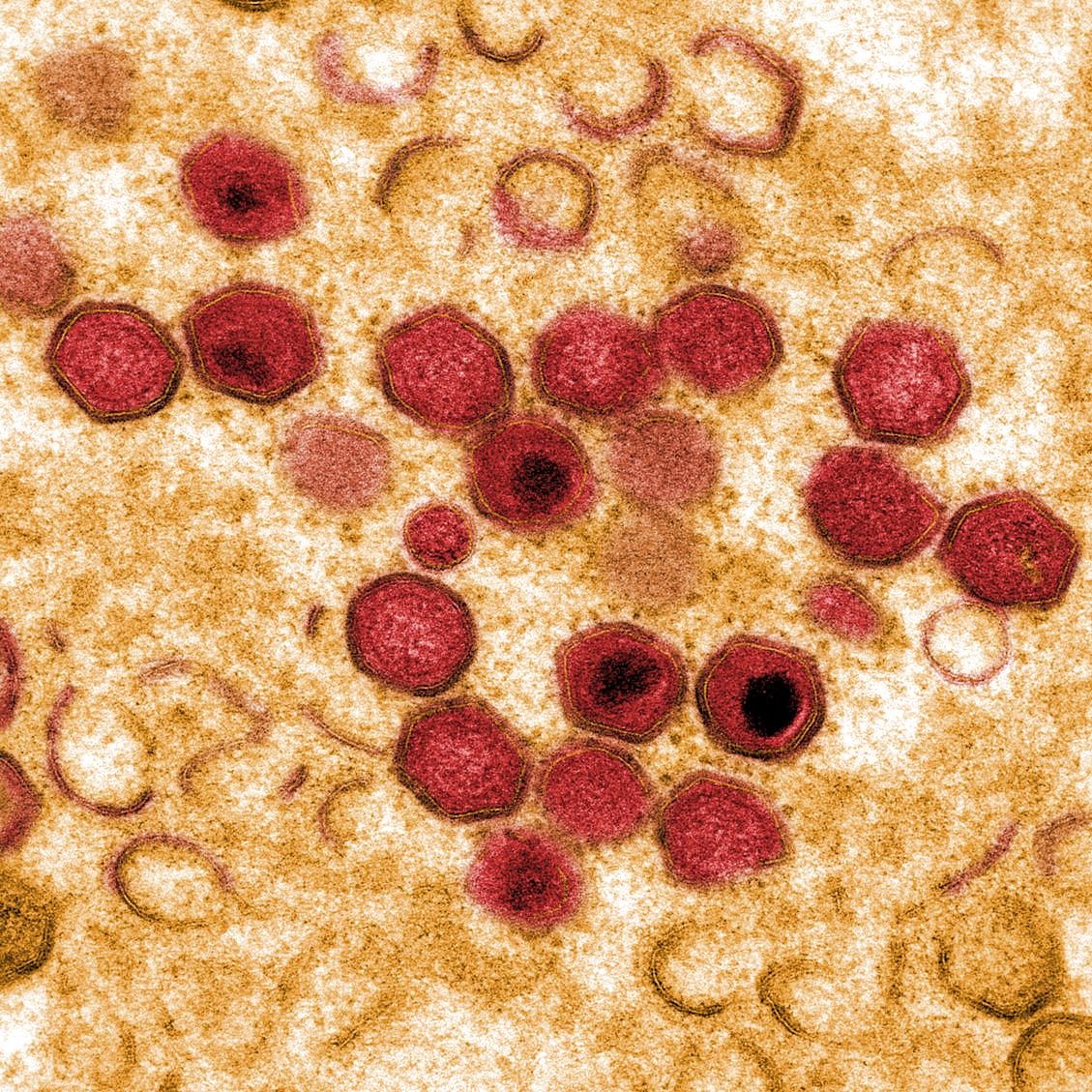A naturally occurring microhomology-mediated deletion of three genes in African swine fever virus isolated from two Sardinian wild boars
African swine fever virus (ASFV) is the etiological agent of a lethal disease of domestic pigs and wild boars. ASF threatens the pig industry worldwide due to the lack of a licensed vaccine or treatment. The disease has been endemic for more than 40 years in Sardinia (Italy), but an intense campaign pushed it close to eradication; virus circulation was last detected in wild boars in 2019. In this study, we present a genomic analysis of two ASFV strains isolated in Sardinia from two wild boars during the 2019 hunting season. Both isolates presented a deletion of 4342 base pairs near the 5' end of the genome, encompassing the genes MGF 360-6L, X69R, and MGF 300-1L. The phylogenetic evidence suggests that the deletion recently originated within the Sardinia ecosystem and that it is most likely the result of a non-allelic homologous recombination driven by a microhomology present in most Sardinian ASFV genomes. These results represent a striking example of a genomic feature promoting the rapid evolution of structural variations and plasticity in the ASFV genome. They also raise interesting questions about the functions of the deleted genes and the potential link between the evolutionary timing of the deletion appearance and the eradication campaign.

